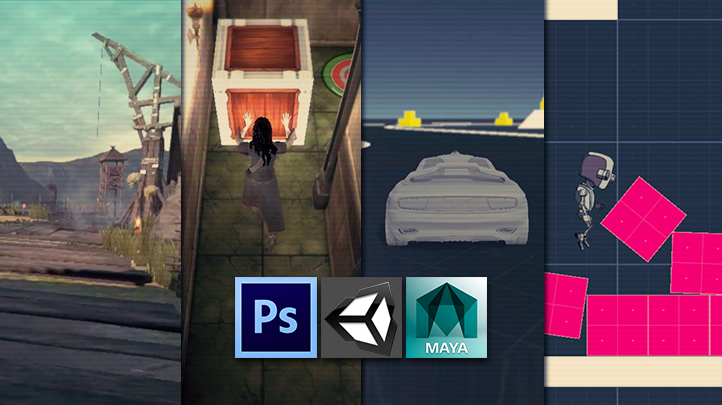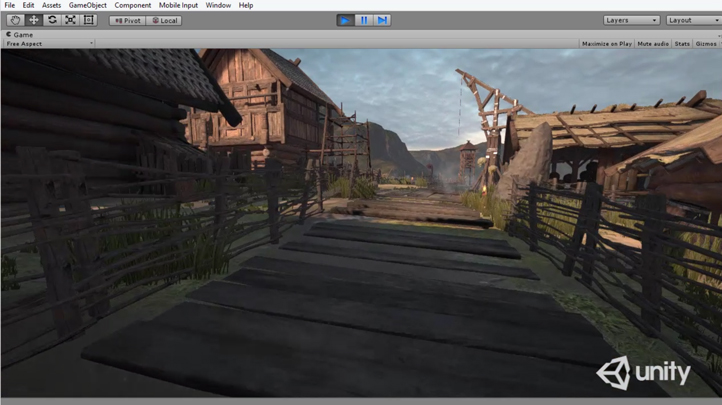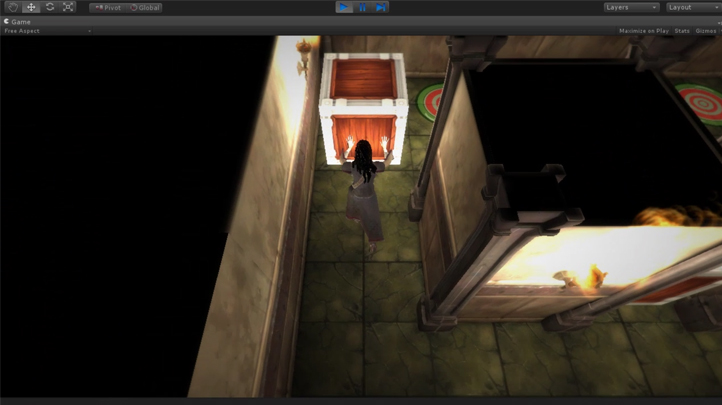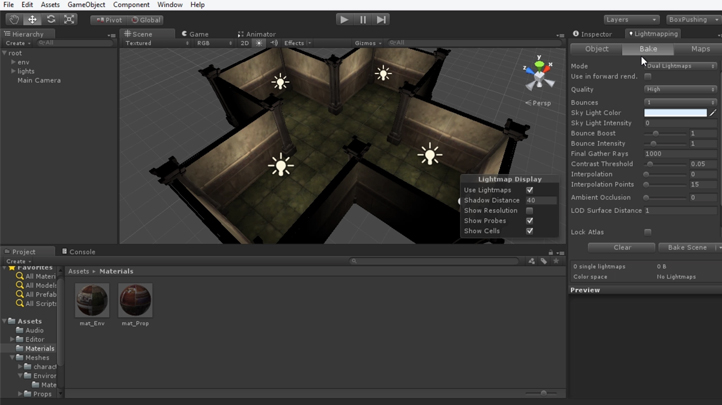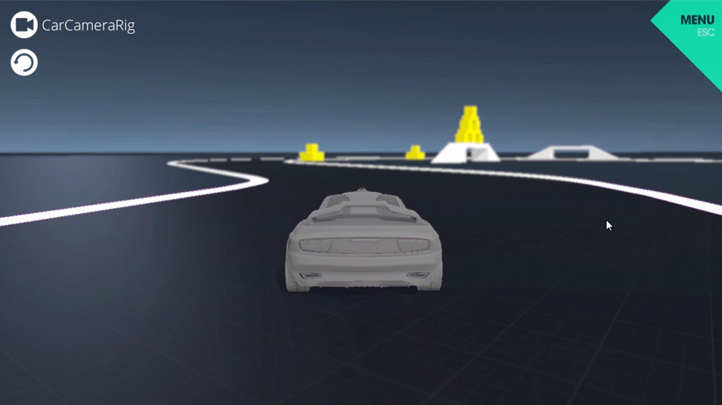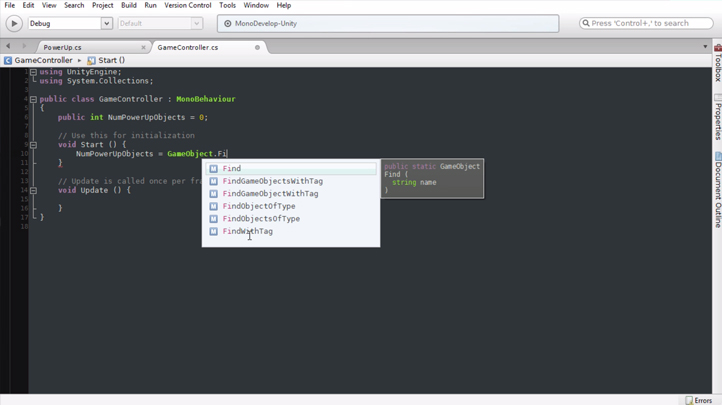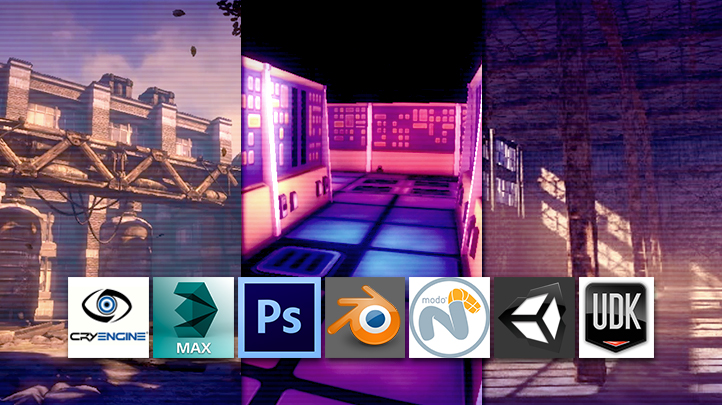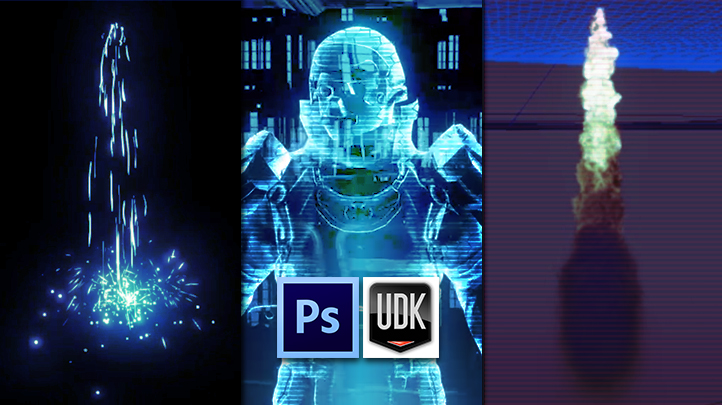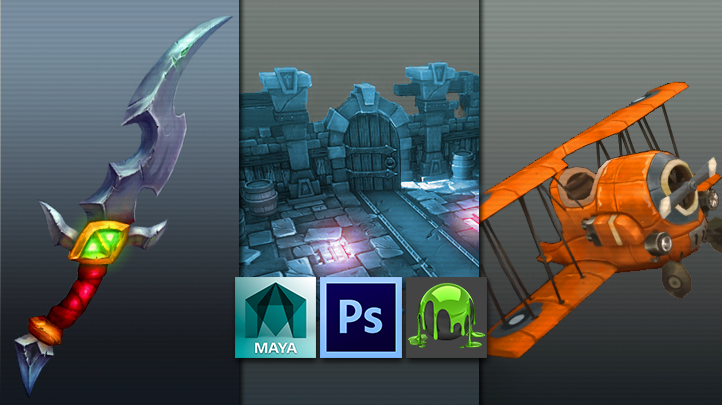Copyright © 2025 LOOP All Rights Reserved.
Mastering Digital Design - Introduction and Techniques to the Unity Game Engine
Course Description
In this course, instructor Alan Thorn explains everything you need to get started in Unity 5. Through clear and concise examples, he will be exploring the basics of Unity in a practical context and will be covering topics ranging from user interface navigation and viewport controls all the way through some of the more in-depth features such as terrain creation, lighting, materials, particle effects, and animation to name a few. Alan Thorn takes us through some great tips and tricks you need to know when working with Unity! Meanwhile, Advanced Game Mechanics in Unity' helps users push their Unity knowledge to the next level. Again, Alan Thorn explores many powerful features in Unity 5, from debugging tools and version control, to 2D sprites and User Interfaces. See how to get started quickly at scripting useful behaviours and functionality for building solid games across many platforms, from endless-runners to shooters.
Learn tips and tricks of creating dynamic animation and games design.
- Know about the different branches in animation
- Learn about what goes into making a successful animation
- Understand better about the designing process with this course
- Be able to create your own monsters and creatures at the end of this course
Course Objectives
1. Know how to navigate and utilize Unity 5
2. Understand the interface, usability and tools in Unity 5
3. Learn in depth about
4. Know the tips and tricks when using Unity 5
5. Be able to advance your understanding in Unity 5
6. Know how to script behaviour and functions for games
Content
Intro to Unity 5 - Volume 1
Preview Available
Intro to Unity 5 - Volume 2
Intro to Unity 5 - Volume 3
Intro to Unity 5 - Volume 4
Intro to Unity 5 - Volume 5
Creating a Unity Puzzle Game - Volume 1
Creating a Unity Puzzle Game - Volume 2
Creating a Unity Puzzle Game - Volume 3
Creating a Unity Puzzle Game - Volume 4
Creating a Unity Puzzle Game - Volume 5
Unity Tips and Tricks
Advanced Mechanics in Unity - Volume 1
Advanced Mechanics in Unity - Volume 2
Advanced Mechanics in Unity - Volume 3
Advanced Mechanics in Unity - Volume 4
Advanced Mechanics in Unity - Volume 5
Mastering Digital Design - Introduction and Techniques to the Unity Game Engine
- Duration 18 hr 12 mins
- Skill level All Levels
- Languages en_US
- Tag(s) NEW Design Games Design Animation
